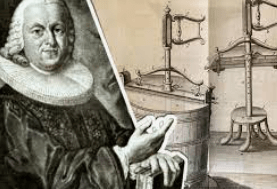
When bathing was a group activity
Sitting at home in your bath that you bought from Cast Iron Baths Ireland company wilsonsyard.com surrounded by bubbles it is hard to believe that in the past bathing was a very different activity.
In Roman times bathing was much more of a group activity than it is today. Each large town had its own bath complex and those people with large villas (and enough money to afford this) would have had their own bathhouse that they would have used. They were all built on the same style and were similar to large swimming pools. In Rome alone in 300 AD there were around 900 baths. Washing in these bathhouses was not just for hygienic reasons but people often visited the baths for the healing qualities of the waters, for a social activity and for entertainment purposes. It was much more akin to us visiting a spa rather than our bath experiences nowadays. There are many places throughout the United Kingdom where you can see the remains for bathhouses, and these include some in the city of Bath and in Chedworth Roman Villa in Gloucestershire.
Private bathhouses in the larger villa properties were on a smaller scale than the larger public ones but worked on the same principle and the owners would regularly use these bathhouses for washing as well as for entertaining guests and visitors and the walls were often covered in mirrors and the flooring of the bath was usually made of marble and would have intricate mosaic designs created into the flooring. They would spend large amounts of time in the bathhouses usually in the evening either before or after a meal. The public bathhouses were set up to be more of an attraction rather than just a means to cleanse the body with some of the venues also offering food and also libraries. The idea was for the people to spend as much time as possible at the bathhouse in order to relax and absorb the healing qualities of the water and the surrounding atmosphere.
In order to supply these baths with a constant supply of water they were always located near to a natural spring. This is one of the key factors in wealthy households choosing the locations for their villas to be built. Where no natural spring was available, water was brought into a town using an aqueduct. The water (regardless of its origin) was warmed using an intricate design underneath the floor for the bathhouse known as a hypocaust system.








